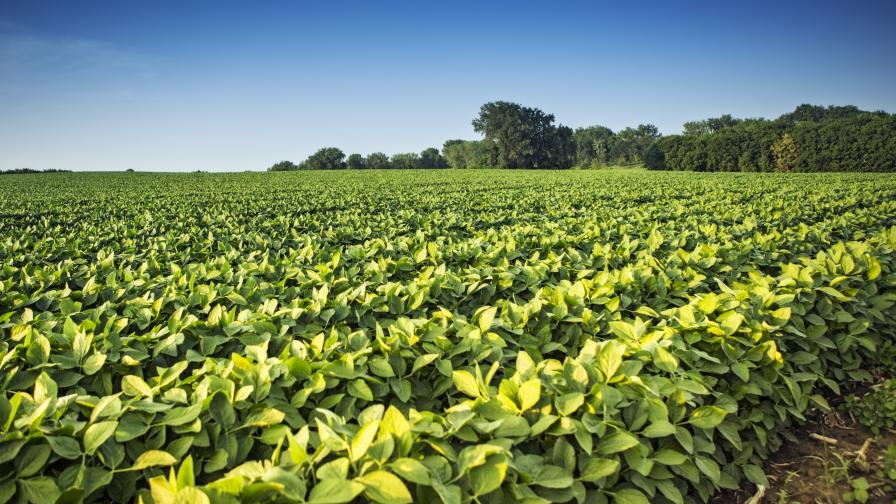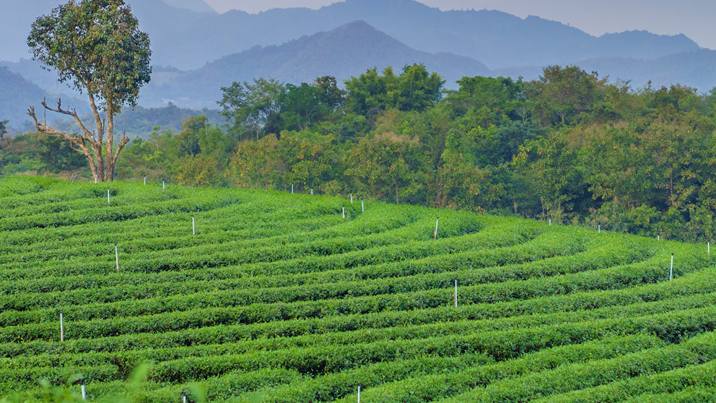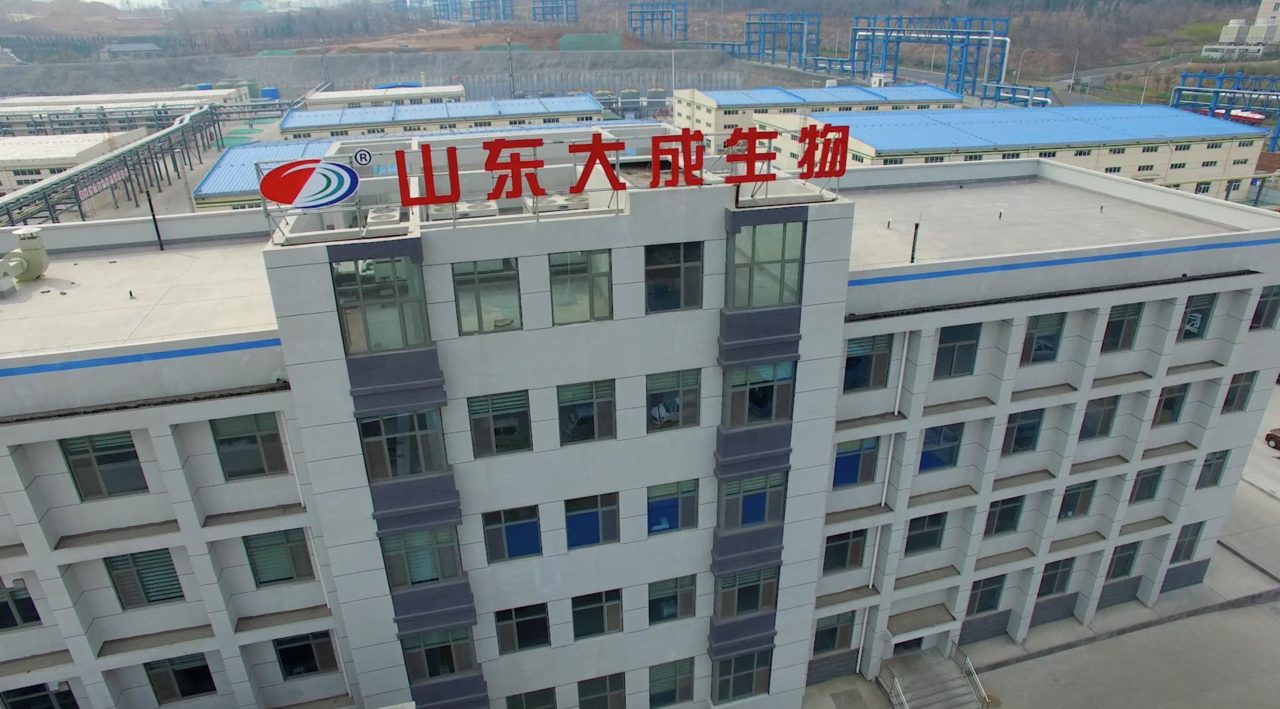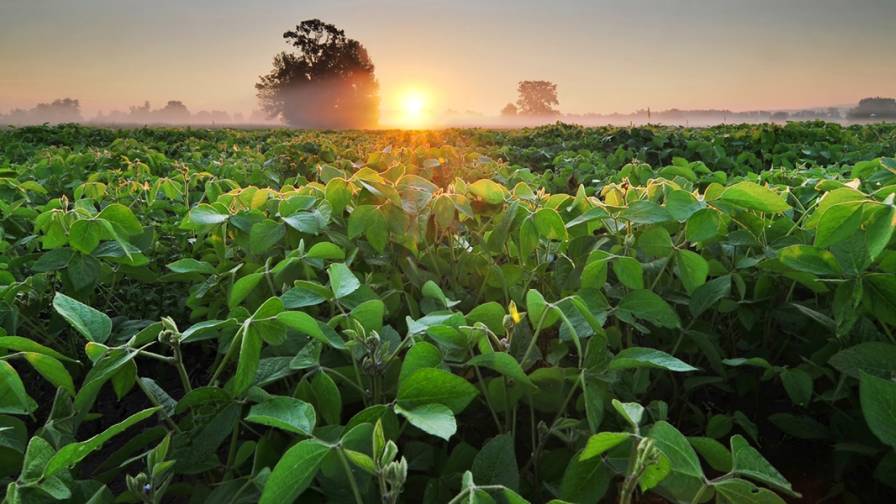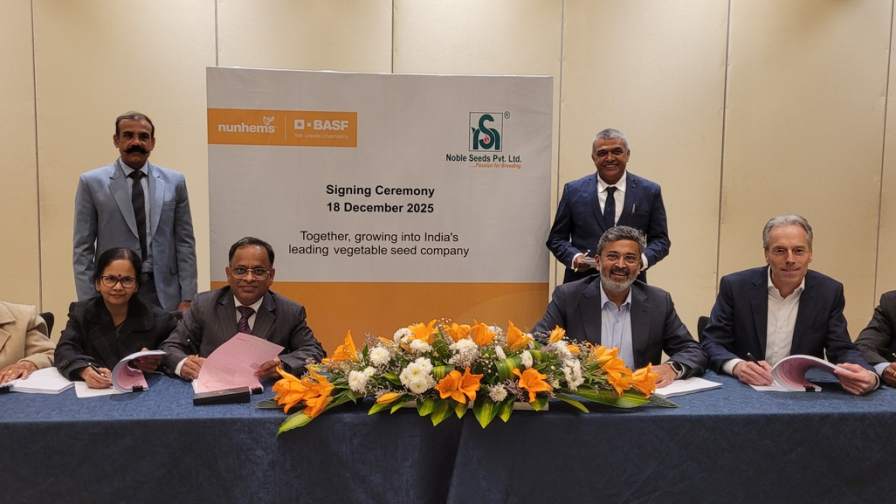China’s Agrochemical Exports Decrease In Price
China’s agrochemical exports continue to decrease in value and rise in volume, according to a report by Phillips McDougall. Although lower prices are favorable for farmers, this may prove detrimental to overall pricing in the agrochemical market due to decreased profit margins for producers in other countries. In addition, developing countries saw significant increases in the amount of agrochemical imports received while most other countries reduced their Chinese imports.
The average price of agrochemical exports from China, the 5th largest exporter, is the lowest of the top 15 exporting countries listed in the report, although equal with India in fungicides at $4.1 a kg. Since the early 2000s, Chinese agrochemical export prices for herbicides, insecticides and fungicides have remained significantly lower than competing countries despite an increase in the volume of shipments.
The only significant increase in export prices was in 2008. This was driven by strong demand and shortage of glyphosate, according to the report. The largest price spike occurred with herbicides, which jumped from $800 million in exports to above $1.2 billion. Prices reached above $4 per kg, but dropped in 2009 to below $3 and slightly lower for 2010-11.
Chinese herbicide exports dropped 39.2 percent in 2009 to $757.7 million. Volume once again increased to 321,633 tonnes at $2.4 a Kg. The United States leads the world in herbicide exporting countries with $1.17 billion at $7.5 a Kg.
Export destinations continue to evolve for China, as more developed countries receive less Chinese product. Exports to the United States decreased by 36.6 percent, fell by 41.4 percent to Brazil and by 36.3 percent to Japan, according to Phillips McDougall.
As agriculture becomes more prevalent in developing countries, Chinese exports to these destinations continue to increase at double digit rates. Vietnam, the leading importer of Chinese agrochemicals, received about $104.2 million in herbicides, insecticides and fungicides in 2009, a 12.6 percent decrease from 2008.
Other developing markets experienced an increase in growth in imports from China, with Nigeria seeing a 41.2 percent increase to $71.2 million from 2008-2009. Ghana saw a 12.6 percent increase in growth, and Pakistan saw a 9.9 percent increase from 2008 to 2009. Every other country considered to be a top 25 Chinese agrochemical exporter reported a decrease.
Although the United States, Japan and Brazil remain the most significant export countries, Australia and Argentina remain significant destinations largely because of the ability to obtain a generic registration, according to the report.
One of the key factors contributing to low agrochemical exports in China has been tax rebates available to exporting companies. Economic turmoil caused China to reduce these rebates at the end of 2007 and going into 2008. As the industry continued to slow in 2009 and a glyphosate surplus occurred, the tax rebates were reinstated and prices decreased.
If crop demand continues to increase into 2011, value growth for the agrochemical market could increase. Developing markets, which continue to increase their market share, are the sectors contributing to this volume growth and could potentially affect where agrochemical value goes in the future, according to Phillips McDougall.
